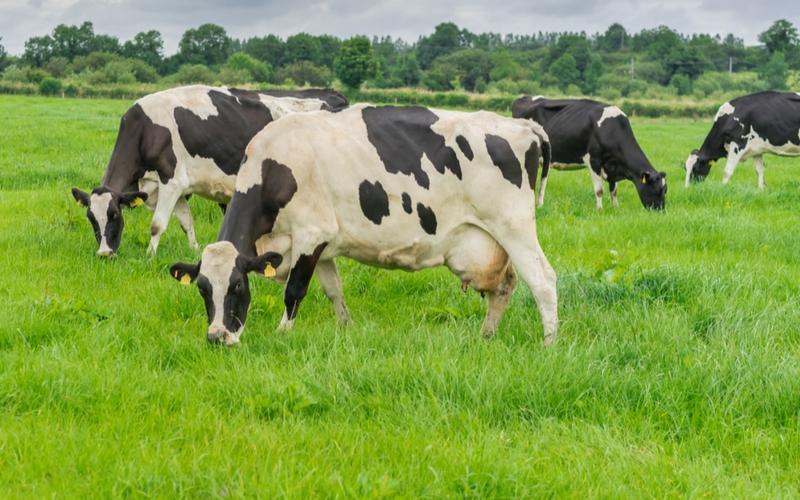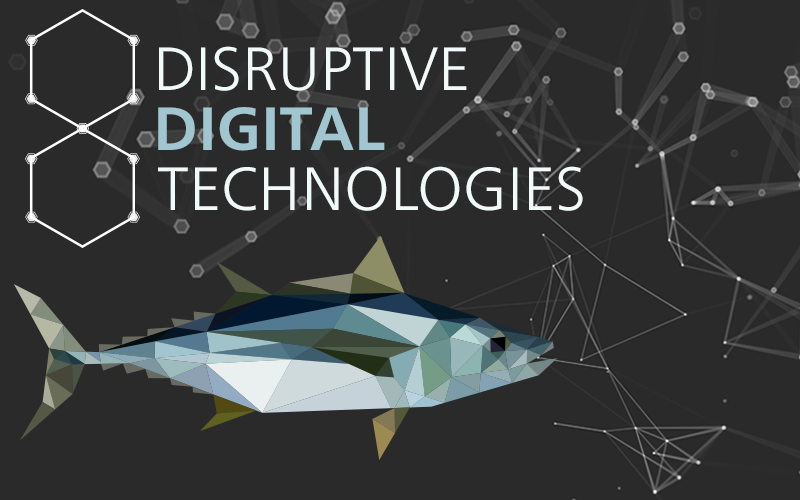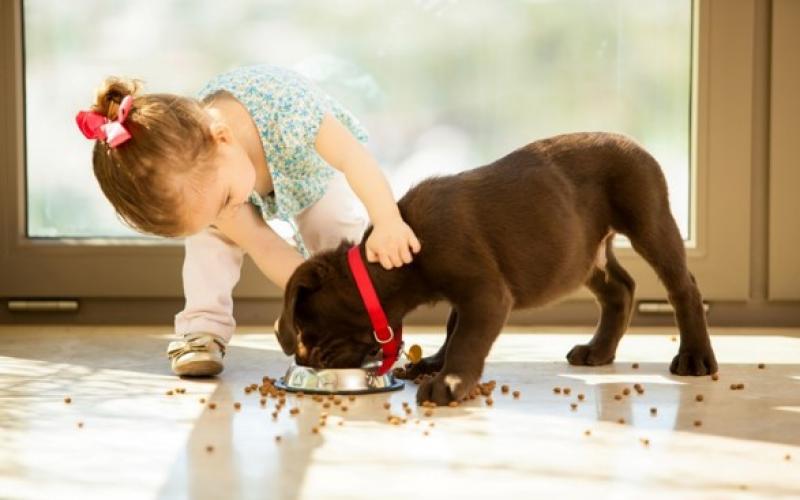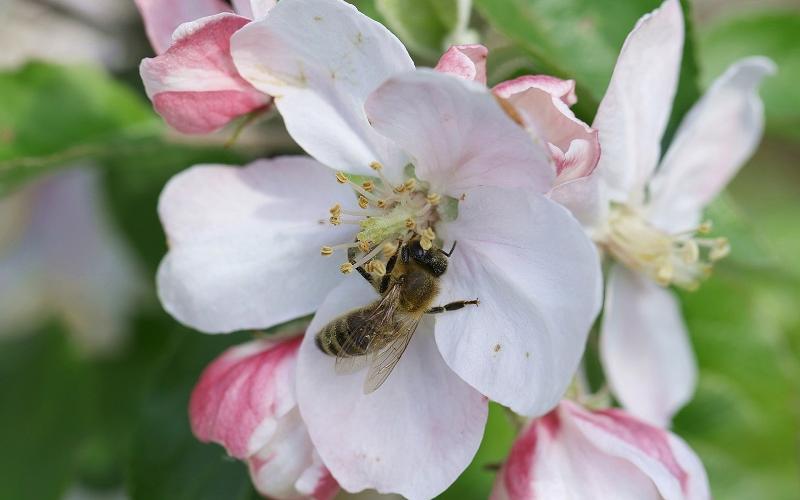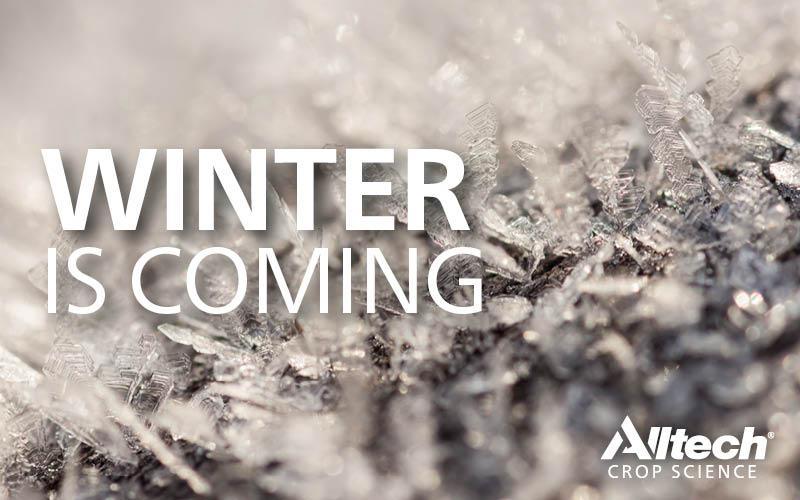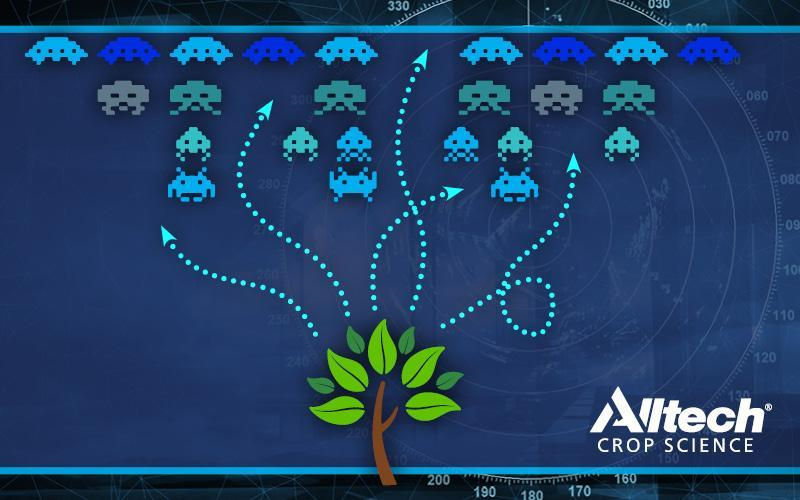This is the story of a brave woman, a misunderstood horse and how each brought courage and happiness to the other.

Brave woman
Lisa Murray, executive assistant to Dr. Mark Lyons, global vice president and head of Greater China at Alltech, comes from a long line of horsemen. She grew up in Cincinnati because that’s where her parents could find work. But the family's hearts were in their Eastern Kentucky hometown of Berea, where her uncle John Murray had a farm.
“When I was 13, they thought I was old enough to handle myself and not be in the way, so I was allowed to go stay with him,” said Lisa. “And he was the man in my life that I looked up to — my dad’s oldest brother out of a family of 12.”
Lisa’s formative years were devoted to riding in field trials and competing in the show horse industry.
She could not have known in those days that she was on a path to a friendship that would endure through the brightest and the darkest moments of her life.
The stars began aligning in 2001 when friends in Michigan had bred a foal, hoping for a winner in breed show performance classes, only to be informed by their trainer that the horse just didn’t have what it takes. Upon hearing this, Dr. Harv and Brenda Carlon thought of Lisa and her daughter.
“Brenda approached me and said, ‘Hey, would you like him for Jeren? Maybe he could be a good 4-H project,’” Lisa recalled.
Weeks later, the double-registered Tennessee Walking and Spotted Saddle Horse Repeat the Beat, aka “Pete,” was on his way south to Lisa, who then lived in the Franklin/Murfreesboro area of Tennessee.
It was a difficult transition for Pete. Lisa had trail riding in mind. He had trouble fitting in.
“He was kind of goofy,” she said. “He had only been in a show barn. He had never had any real-world experience out on a trail. So, his nickname was ‘Unpredictable Pete.’”
A misunderstood horse
It turned out, however, that instead of being a goofy hothead, Pete simply had been misunderstood, and there seemed to be no way to tell the humans in his life.
The breakthrough came as he was turning 4, Lisa recalled. Friends visiting from Germany had taken Pete on a trail ride while she stayed behind to tend to chores. When they returned, they excitedly reported, “Wow! Pete can jump!”

Pete was the first Tennessee Walking Horse ever invited to give a demonstration at the Rolex Kentucky Three-Day Event, pictured here with rider, Victoria Gomez.
Lisa was sure they must be talking about her gray Arabian, a former jumper. She thought to herself, “Pete doesn’t know how to jump. He’s a Tennessee Walking Horse. Gaited horses don’t typically jump.”
“I walked outside with them, and they had my whole field set up with jumps,” she said. “They said, ‘He jumps so nice!’”
Until the visitors from Germany pointed it out, no one would have even tried to jump him, she said.
By her own admission, Lisa knew nothing about jumpers. But after consulting other women who knew the ropes, she started taking Pete out to events all around the middle Tennessee region.
“Initially, people would just stand and stare because when you see Pete next to a regular horse, first of all, he’s kind of small — he’s only 15 hands — but he’s this lit-up color that they’re not used to seeing,” she explained.
Pete’s coat resembles that of a blue heeler dog: a roan body with a tail and mane of black and silver and some spots on his belly. He’s officially registered as a Black Roan Sabino.
“But when you see him jump, that is the happiest horse on the planet,” Lisa said. “He’s very ‘ears forward,’ and everybody comments that he has this ‘tail flip’ as he lands from a jump. It’s obvious that he’s so happy.”
Still, she wondered: “Why is this horse doing this? Why does he like it? How is he doing it?”
Then she recognized that Pete’s body confirmation is such that he is actually built to jump. So, she started calling around to barns, asking for help, and nobody wanted to talk to her because Pete is a Tennessee Walking Horse, a breed that has been under a cloud of controversy over the practice by some in the industry of soring and the use of chains and pads to produce a distinctive show-ring gait.
Pete had not been subjected to the practices, but as a registered Tennessee Walking Horse, he had been tarred with the same brush. And perhaps, as Lisa would later discover, deep down in his DNA was a sensitivity for those who have been abused.
Lisa did eventually find a willing trainer. And, in 2004, the Carlons, thrilled to learn of his new career as a jumper, gifted Pete to her.
She built a team to compete with Pete. It became a collaboration among a group of young riders, and eventually Pete won competition after competition.
But not at first.
Lost in the translation
Anyone who shares space with an animal — a dog or cat, for example — knows that over time you find a way to communicate: a “lexicon.” Lisa and Pete developed theirs.
“He has great respect for me,” she explained. “There are things that he’ll do for me that he won’t do for anyone else. We’re in synch.”
This became crystal clear one day when Pete was taken to his first horse show and entered in the novice jumper class.
“And he wouldn’t jump anything. He stopped at every jump and just stood there,” Lisa recalled with horror.
The rider said, “I’m so sorry, I don’t understand. I’m talking to him, and every jump, he’s just: nope.”
Lisa, wracking her brain for an explanation, asked, “What are you saying to him when you’re approaching the jump?”
The rider said, “I’m just saying, ‘Easy, Pete, easy.’”
It turned out that when trail riding, as Lisa and Pete approach a creek crossing or any obstacle, she always says to him, “Easy, Pete.”
“He knows that every time he hears the word ‘easy,’ it means stop, assess the situation and then walk over it,” she said.
The trainer returned Pete to the ring.
“He went double-clear (no time or jumping penalties),” said Lisa. “He was brilliant.”

Pete, and his rider Ashley Jones, under the training of Dauntless Performance Horses and Chelsea Kolman, in Ocala, Florida, Spring 2017. Photo credit: Darlene Wohlart.
Winner, icon and all around nice guy
Pete’s been a winner. But now, as he retires at 18, he’s also an icon.
In July, he became the official 2017 Breyer Horse model, a limited edition of his plastic likeness selling out at BreyerFest 2017, now in its 28th year at the Kentucky Horse Park.
Pete and some of his former riders were on hand for the event, which drew an estimated crowd of 20,000, many children among them. And Pete likes kids.
“He stood at that gate with his ears completely up, and when a child would come, he would lower himself to the level of the child,” said Lisa.
Lisa attributes Pete’s fitness and good looks at age 18 to his customized diet of Alltech-owned McCauley's. feed and the company’s vitamin and mineral supplement, Trinergy®.
“Pete needs a specific diet, and they answered all of my questions and came up with a fantastic plan for me,” she said.
You’ve got a friend
To fully understand the very special bond between Lisa and Pete, you have to dig a little deeper.
Lisa’s first marriage to a horse trainer in 1985 was at the tender age of 19. They had a daughter, Jeren. The marriage, like many that begin at such an early age, ended in divorce in 1994.
In the following years, Lisa devoted her energies to her daughter’s riding career, and, in 2003, Jeren, riding her own horse Ali Ali, won her first world championship. She went on to repeat the feat in 2004 and 2005.

Jeren Guthrie McCluskey with three-time world champion Ali Ali. Photo Credit: Jack Greene
Many years passed before Lisa would again feel comfortable about the commitment of marriage. The day came in 2007 when she married the Nashville-based Dutch sport horse trainer Arnold Warmels.
In 2010, the decision was made to relocate Warmels’ training center, Fryslân Valley Sport Horses, to Lexington.
They had been attracted to the Horse Capital of the World at a time when the city was buzzing with energy. For the first time in its history, the FEI World Equestrian Games, eight world championships in equestrian sport, were being hosted by the United States. And the events were to be held at the Kentucky Horse Park.
It was through the Alltech FEI World Equestrian Games™ 2010 that Lisa became acquainted with the title sponsor, Alltech, and learned that the company was in search of an executive assistant to president and founder Dr. Pearse Lyons’ son, Mark.
She was hired. Her first day on the job was Jan. 3, 2011.
And within the year, Lisa’s life was suddenly and horrifically upended when abuse no one knew she had been enduring at home escalated into violence.
It’s a story that she wants told in the hope that it will inspire other battered women to persevere and help drive changes and improvements in domestic violence law and support programming.
What happened to Lisa on the night of Sept. 21, 2011, is summarized in the book “Violence Against Women in Kentucky: A History of U.S. and State Legislative Reform” by Carol E. Jordan, executive director of the University of Kentucky Office for Policy Studies on Violence Against Women.
When Lisa Murray first met him (Warmels), he was like no man she had ever known. He was European and spoke five languages. He was attentive and thoughtful — always doing little things to impress her. His family was accomplished, creative and professional, and when she was with them she felt like she was part of something important.
What she didn’t know about him seemed mysterious and attractive.
Three years after they met, they married, and subtle signs began to emerge — so subtle that she recognizes them only in hindsight: his strange behavior when they were with a group of people, his criticisms and rude statements, his tendency to put her down in front of others, his withdrawal of intimacy. Most disturbing was his lack of empathy. When she was thrown from a horse and hospitalized, he showed no concern. When his friend died in an automobile accident, he seemed not to care.
Over time, his verbal abuse grew. He screamed at Lisa, accused her of stealing his belongings and ruining his life. He broke glass objects and threw things at her.
One night, in September of 2011, his verbal and emotional assaults peaked, and Lisa had finally had enough. She turned around and, with all the confidence she could muster, told him never to say those things to her again.
She turned to walk away and never heard him coming. He grabbed her, threw her down, beat her with his fists, and repeatedly slammed her head against the wooden floor until she lost consciousness. When she awoke, still lying on the floor, she knew she had to flee. She mustered her strength and ran to a nearby gas station, where she collapsed. Police were called, and she was taken to the hospital, confused, frightened and injured.
These days, Lisa feels like she can breathe freely again. But even in the silence she revels in, the fear is there. As she says, “I’m always looking over my shoulder.”
Jordan had gotten to know Lisa and regards her as an extraordinary model for other women who have experienced domestic violence. She emphasizes that the Lisa Murray who was knocked unconscious on that awful September night and the Lisa Murray who is the consummate professional are the same person.
As a testament to the strength of Lisa’s character, she immediately filed for divorce and took her abuser to criminal court, an excruciating ordeal during which she was forced to move three times and totaled her car.
Warmels was convicted and subsequently spent a year in prison in Kentucky, followed by five months in a federal prison.
Since his release, Warmels no longer resides in Kentucky but remains in the U.S.
Lisa has reunited with her daughter, Jeren, who now has two children of her own. They love horses.

Lisa and Pete with grandchildren Madison and Alexis.
After discovering a lack of resources for battered women in Kentucky, Lisa has gone public with her case, appearing on the radio and becoming a member of the Kentucky Survivors Council.
“It's a platform that I've stood strong about,” she said. “I prefer to see myself as a survivor and not a victim.”
She gives enormous credit to Greenhouse17, an intimate partner abuse victims advocacy organization, for helping her through those terrible times.
She is grateful to colleagues at Alltech, including the Lyons family and many of the company’s top executives, for their patience and unwavering support as she navigated troubled waters.
And always there for her has been Pete and his barn companion, Jiltsjke, a big Friesian mare.
“Those two horses are what saw me through that very traumatic, difficult time in my life,” she said. “Every day I could go out to the barn and it was just this smile. He’s silly and goofy. Anybody who’s around him will say, ‘Oh my gosh, you should see what he just did.’ He interacts with people.”
Jiltsjke has since been sold, but Lisa says that Pete “is the one horse that I’ve had in my life that was never for sale. I’ve been offered a lot for Pete, but I will never let him go.”
The brave woman and the misunderstood horse
Pete found happiness by prevailing over a stereotype to reveal his truth: “I’m not a walker, I’m a jumper!”

Repeat the Beat, or Pete as Lisa calls him. Photo Credit: Heidi Rockhold
Lisa Murray has found her own truth in the discovery that as bad as things can get, “there is nothing I can’t do. Nothing I can’t achieve.”
“I have a lot of strong, independent women friends, and those horses bring so much to us,” she said. “There were several times when I could’ve shipped Pete off for awhile and said ‘Hey, take care of him, I’m going through something.’ But if I were to sell Pete, I’d be selling my soul. I’m not going to compromise that.”
